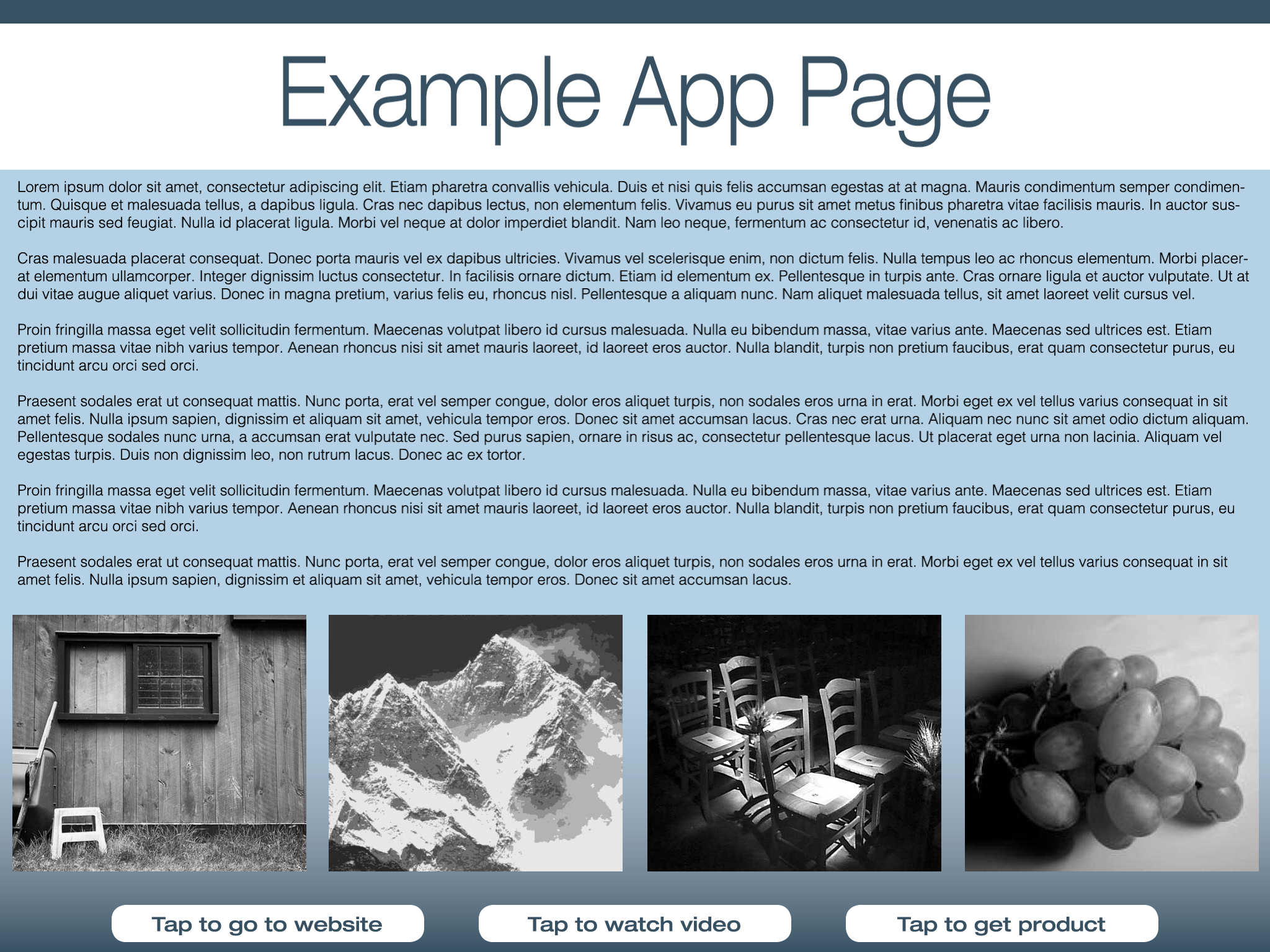/
Tips and Tricks for Creating App Content
Tips and Tricks for Creating App Content
Creating content for mobile and tablet apps is a bit different to creating content for desktop computers or hard-copy publications.
Here are some considerations you may want to take in to account when creating the content for your app. Click each point to see more.
, multiple selections available,
Related content
How to: Design an Integrated Web App
How to: Design an Integrated Web App
More like this
Assets Required for App Submissions
Assets Required for App Submissions
More like this
How to: Design an Onboarding Web App
How to: Design an Onboarding Web App
More like this
How to: Build a New Version of Your App
How to: Build a New Version of Your App
More like this
How to: Submit & Release iOS App
How to: Submit & Release iOS App
More like this
How to: Create a Table of Contents
How to: Create a Table of Contents
More like this
Unless otherwise indicated in the Overview page of this WIKI the information contained within this space is Classified according to the /wiki/spaces/ISMS/pages/739344530 as |
INTERNAL |

